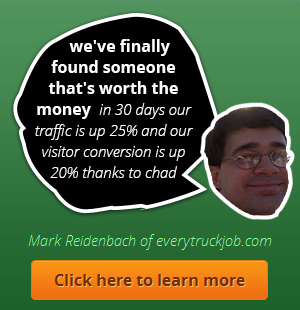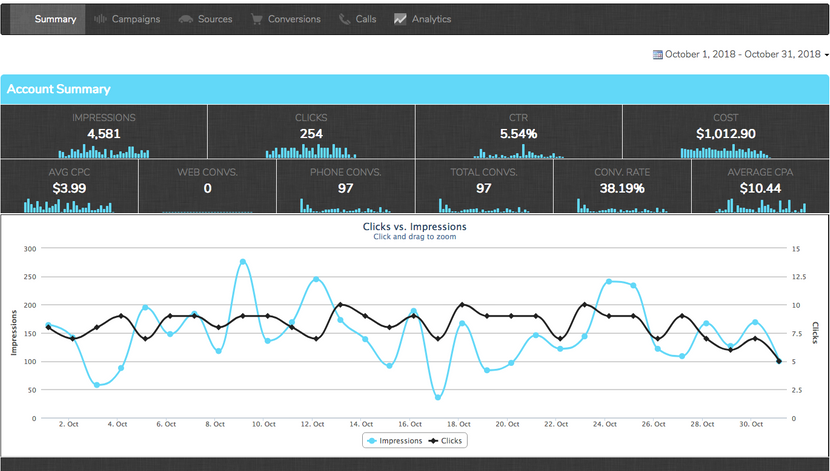If you’re hoping to successfully implement the freemium website business model, you’ll have to create the right mix of features to send out to people who are willing to pay for your service or app in the future. Of course, you’ll have to accomplish this without alienating the users who comprise your free audience. If you do it right, your conversion rates could skyrocket. If you fail, you might get nothing. This is one of the reasons why you will have to integrate premium features into the core of your freemium strategy, instead of including these features as an afterthought in order to strike that magical balance.
The most important thing to remember is that you have to develop a coherent plan for your freemium model. You can’t just decide to “split the difference” when you choose to use the freemium model in business. This type of lackadaisical approach always leads to the worst-case scenario. It’s far better to use a fundamental freemium strategy designed to leverage the free segment of your business in order to add real value to your product or service offerings. There are three basic strategies that can help you achieve this goal:
Offer a Free Trial
This is the original freemium model. Customers are given a certain period of time to try a product before being forced to pay a fee, or quit using the product or service. The biggest question you’ll encounter when using this strategy is when to pull the plug. If you pull the plug too soon, you’ll risk losing users. However, if you wait too long, you’ll be risking a loss of value. Split-testing and linear optimization can assist you in figuring this out.
Let Free Serve Paid
This model enables free users to trade time in order to benefit paying customers. Games like Puzzle Pirates and Farmville make great use of this strategy by facilitating trading between two vastly different, but equally valuable currencies. One currency is earned with time, the other earned by paying. Both of these currencies offer value for free and paid users, and both strategies feed the other. User-generated content sites also make use of this model. The key to implementing this model successfully is to heavily reward customers who create value while marginalizing those who don’t. This creates a strong incentive for less valuable users to pay up.
Use Free as Inventory
Many businesses successfully sell access to free users. Dating sites have been using this model successfully for quite some time. EBay is another business that uses a form of this model. Just being on the site is enough for free users to create value. With this strategy free users don’t have to do anything but sign up for the service and maintain a profile. The only time that money changes hands is when someone wants to make contact, or a sale is made. This strategy ensures that the most popular people are able to get lots of value without having to pay a dime.
It’s no wonder that more businesses are beginning to embrace the freemium model as a business strategy. Companies offer users a free product with an upsell or premium version. This economic model successfully blends the elements of a free, ad-supported business with the more traditional subscription and e-commerce business model. Of course, one of the biggest attractions of this business model is that it circumvents all the “Paid vs. Free” arguments. This approach enables businesses to aim for all the advantages of a free service while still generating revenue. It’s like having your cake and eating it too.
Learning more about this model and the strategies behind it is of the utmost importance. HopInTop can partner successfully with any company to ensure that this model works for you and of course brings in revenue.



